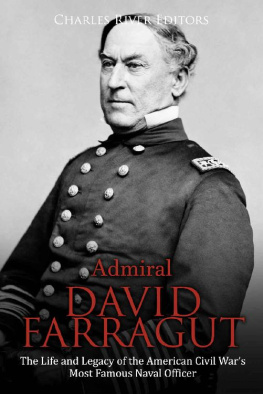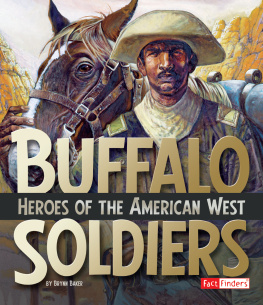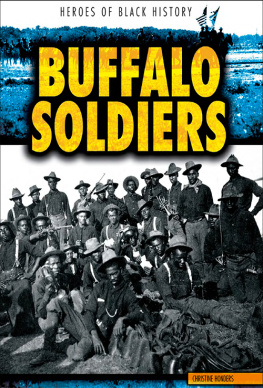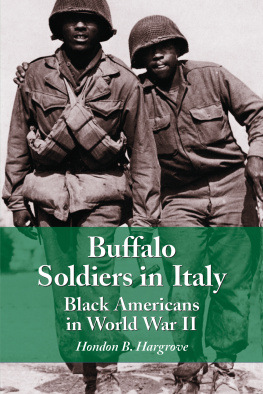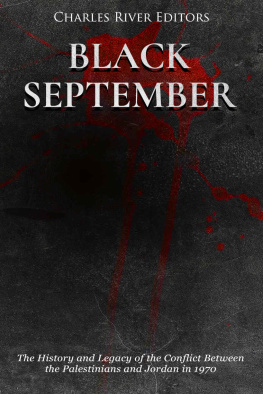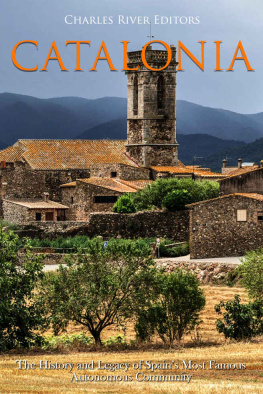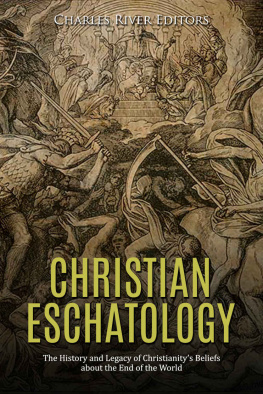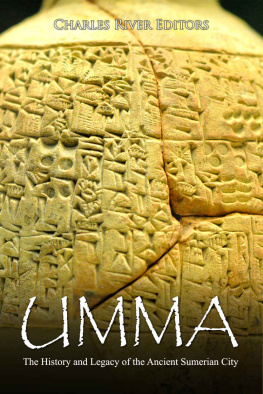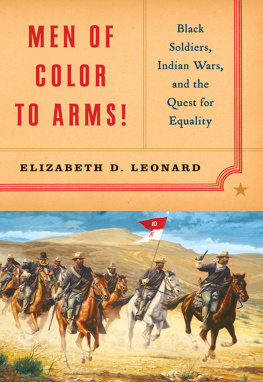Charles River Editors - Buffalo Soldiers: The History and Legacy of the Black Soldiers Who Fought in the U.S. Army during the Indian Wars
Here you can read online Charles River Editors - Buffalo Soldiers: The History and Legacy of the Black Soldiers Who Fought in the U.S. Army during the Indian Wars full text of the book (entire story) in english for free. Download pdf and epub, get meaning, cover and reviews about this ebook. year: 2019, publisher: Charles River Editors, genre: Politics. Description of the work, (preface) as well as reviews are available. Best literature library LitArk.com created for fans of good reading and offers a wide selection of genres:
Romance novel
Science fiction
Adventure
Detective
Science
History
Home and family
Prose
Art
Politics
Computer
Non-fiction
Religion
Business
Children
Humor
Choose a favorite category and find really read worthwhile books. Enjoy immersion in the world of imagination, feel the emotions of the characters or learn something new for yourself, make an fascinating discovery.
- Book:Buffalo Soldiers: The History and Legacy of the Black Soldiers Who Fought in the U.S. Army during the Indian Wars
- Author:
- Publisher:Charles River Editors
- Genre:
- Year:2019
- Rating:5 / 5
- Favourites:Add to favourites
- Your mark:
- 100
- 1
- 2
- 3
- 4
- 5
Buffalo Soldiers: The History and Legacy of the Black Soldiers Who Fought in the U.S. Army during the Indian Wars: summary, description and annotation
We offer to read an annotation, description, summary or preface (depends on what the author of the book "Buffalo Soldiers: The History and Legacy of the Black Soldiers Who Fought in the U.S. Army during the Indian Wars" wrote himself). If you haven't found the necessary information about the book — write in the comments, we will try to find it.
Buffalo Soldiers: The History and Legacy of the Black Soldiers Who Fought in the U.S. Army during the Indian Wars — read online for free the complete book (whole text) full work
Below is the text of the book, divided by pages. System saving the place of the last page read, allows you to conveniently read the book "Buffalo Soldiers: The History and Legacy of the Black Soldiers Who Fought in the U.S. Army during the Indian Wars" online for free, without having to search again every time where you left off. Put a bookmark, and you can go to the page where you finished reading at any time.
Font size:
Interval:
Bookmark:
By Charles River Editors
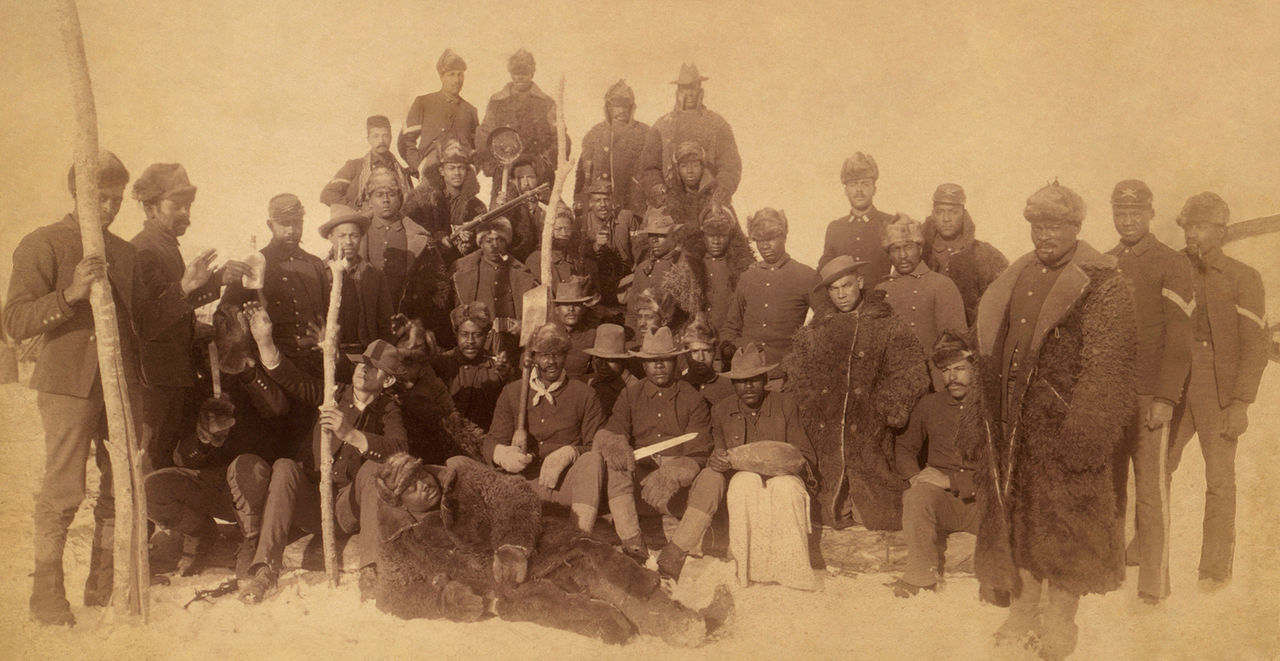
Buffalo Soldiers from the 25 th Army Regiment

Charles River Editors is a boutique digital publishing company, specializing in bringing history back to life with educational and engaging books on a wide range of topics. Keep up to date with our new and free offerings with this 5 second sign up on our weekly mailing list , and visit Our Kindle Author Page to see other recently published Kindle titles.
We make these books for you and always want to know our readers opinions, so we encourage you to leave reviews and look forward to publishing new and exciting titles each week.
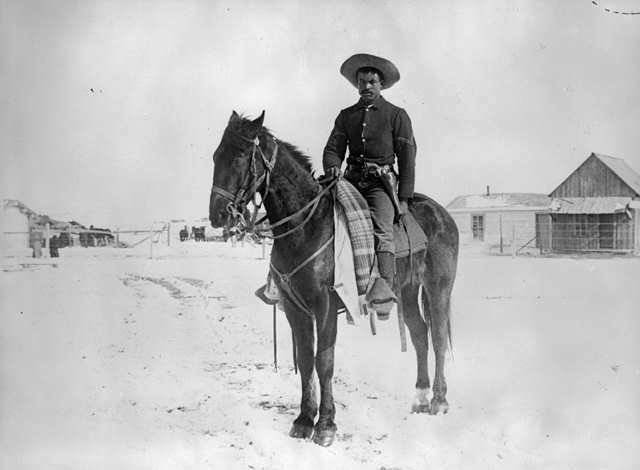
A Buffalo Soldier in the 9 th Cavalry
"The only White officer who supports the unit is Regimental Commanding Officer Colonel Benjamin Grierson. Ostracized by other officers for his enthusiastic command of the African-American troops, Grierson believes in the abilities, dedication, and record of performance of the Buffalo Soldiers and declines offers to lead at any other post. General Pike offers to relieve Grierson 'of this self-imposed exile and have him commanding a real cavalry regiment within a month,' but Grierson refuses." Excerpt from the 20 th century documentary Buffalo Soldiers
The exploration of the American West, beginning with Lewis and Clarks transcontinental trek at the behest of President Thomas Jefferson, was not accomplished by standing armies, the eras new steam train technology, or by way of land grabs. These came later, but not until pathways known only to a few of the lands indigenous people were discovered, carved out, and charted in an area stretching from the eastern Rocky Mountains to the Pacific Ocean, and the present-day borders of Mexico and Canada. Even the great survey parties, such as Colonel William Powells exploration of the Colorado River, came decades later. The first views of the Wests enormity by white Americans were seen by individuals of an entirely different personality, in an era that could only exist apart from its home civilization.
Naturally, the West was an endless source of fascination for those who were either personally or circumstantially ill-suited to travel there. As explorers opened trails and people expanded the frontier, unusual walks of life like cattle drives and hunting became commonplace, as did images of dusty boomtowns. Before the Transcontinental Railroad connected the Atlantic and Pacific, the West possessed a distinctly separate culture from the East Coast, and cowboys, early settlers, and an enormous array of indigenous peoples produced a hybrid culture that seemed doomed to disappear as a result of the inevitable modernization.
However, one crucial aspect of life in the West has flown under the radar the whole time: the massive presence of black people across the frontier. Explorers, soldiers, and settlers of African-American heritage comprise an unfamiliar story to most students of American history, but in the push westward, they were present in sufficient enough numbers to exert great influence on the nations development. Among the earliest accounts is that of Isabel de Olvera, who settled in New Mexico around the year of 1600, and it is estimated that by 1750, 25% of Albuquerques population shared discernible African ancestry. York, the well-known servant of Lewis and Clark, accompanied the legendary expedition under the auspices of the Jefferson administration, and Edward Rose traveled up the Missouri River in the same era. Within just a few years, Pio Pico became the governor of California, and George Bush became one of the first black men to travel the Oregon Trail, opening that route to a flood of settlers over a 10-year period.
In addition to these individuals, there were black frontiersmen who participated in the exploration of the Western terrain, said to have numbered in the dozens. Seldom heard but notable names of black figures in the West include trick rodeo rider Jesse Stahl, stunt rider and castle rustler Ned Huddleston, and Bass Reeves, the first black deputy U.S. Marshal. Isom Dart and Willie Bill Pickett also garnered some fame in the era. Needless to say, such a career was an unusual destiny for those who emerged from the system of slavery.
During the Civil War, over 180,000 black men fought in volunteer units as part of the United States Colored Troop (USCT), but it was only after the end of it that they were allowed to enlist in the Regular Army. They did so in four segregated regiments, and they colloquially became known as Buffalo Soldiers. The evolution of these black units followed the course of the organization of the peacetime Regular Army. With the end of the Civil War came the demobilization of the millions of men who had volunteered to fight on behalf of the Union, including the USCT, which disbanded in late 1865. The first draft of a bill setting the organization of the Army sent to the House on March 7, 1866 called for the establishment of eight infantry regiments to be staffed by veterans of the USCT, but the legislation lacked similar provisions for black cavalry units. When the bill got to the Senate for approval, Senator Benjamin Wade succeeded in having a provision added that authorized black cavalry units.
The bill that passed on July 28, 1866 authorized a total of 10 regiments of cavalry and 45 regiments of infantry, and in 1867, the Regular Army raised two regiments of black cavalry, designated the 9th (Colored) Cavalry and the 10th (Colored) Cavalry. In addition, the Army raised four regiments of black infantry: the 38th (Colored) Infantry, the 39th (Colored) Infantry, the 40th (Colored) Infantry, and the 41st (Colored) Infantry. Ultimately, however, the number of black regiments did not stay at six for very long, because in 1869 there was a further reduction in the size of the Regular Army, with the number of infantry regiments reduced to 25. As part of the reduction, the number of black regiments was reduced from four to two, so the 38th and 41st were reorganized as the 25th (Colored) Infantry, and the 39th and 40th were reorganized as the 24th (Colored) Infantry. The enlistment in both the cavalry and infantry was for five years, with soldiers being paid $13 a month, plus room, board, and clothing.
Of course, these units are now known for the nickname attached to them, but exactly where the nickname Buffalo Soldiers came from is a subject of some dispute. Dr. Walter Hill wrote, According to Benjamin H. Grierson, Colonel, 10th Cavalry, 1867 to 1890, the 10th acquired the name Buffalo Soldiers during the 1871 campaign against the Comanches in the Indian Territory. Grierson said that the Comanches respected the soldiers' tireless marching and dogged trail skills. They had earned the name of the rugged and revered buffalo. The 10th made the Buffalo its regimental coat of arms years later, but the term Buffalo Soldiers, became synonymous with both the 9th and 10th units. The term appeared in public for the first time in 1873, in reference to the 10th Cavalry, in a letter from Mrs. Frances M.A. Roe to a popular magazine. She wrote, The officers say that the Negroes make good soldiers and fight like fiends...the Indians call them buffalo soldiers because their woolly heads are so much like the matted cushion that is between the horns of the buffalo. Others believe that the nickname originated from the Cheyanne. Another possible source came from the Apaches for the buffalo coats they wore in the winter.
Font size:
Interval:
Bookmark:
Similar books «Buffalo Soldiers: The History and Legacy of the Black Soldiers Who Fought in the U.S. Army during the Indian Wars»
Look at similar books to Buffalo Soldiers: The History and Legacy of the Black Soldiers Who Fought in the U.S. Army during the Indian Wars. We have selected literature similar in name and meaning in the hope of providing readers with more options to find new, interesting, not yet read works.
Discussion, reviews of the book Buffalo Soldiers: The History and Legacy of the Black Soldiers Who Fought in the U.S. Army during the Indian Wars and just readers' own opinions. Leave your comments, write what you think about the work, its meaning or the main characters. Specify what exactly you liked and what you didn't like, and why you think so.






